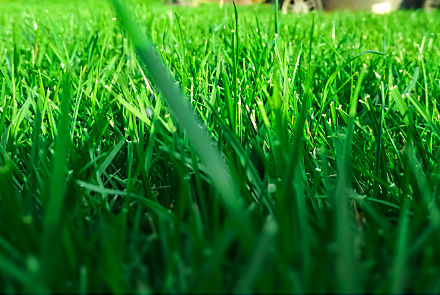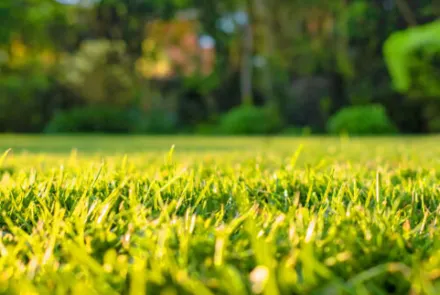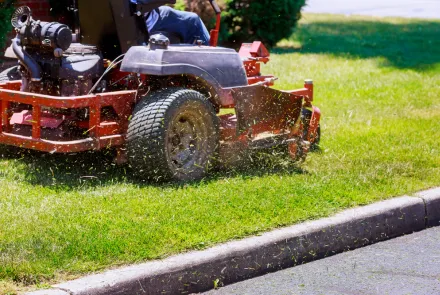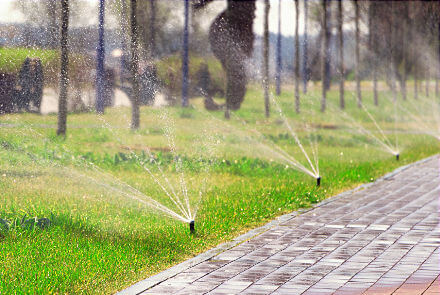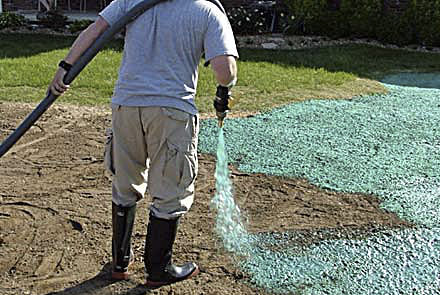- Telephone
School Program
The first step of this program is to assess your lawn areas. We need to identify the weeds and problem areas and discuss your needs and requirements for your grassed areas in order to offer advice and ideas to help your school.
After this we will email you a free, no obligation quote.
Once the quotation is accepted, we arrange a date convenient with the school to commence the program.
Contact us today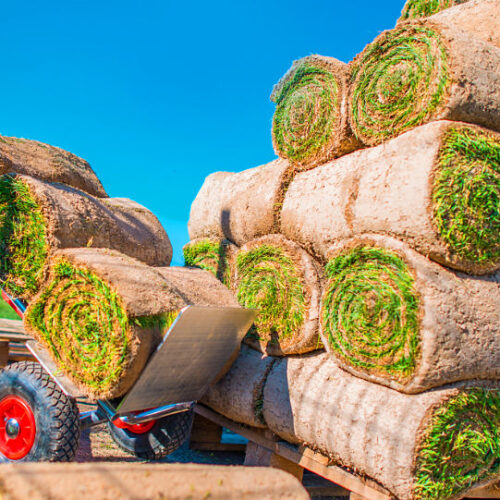
School Program includes
Initially, the areas are thoroughly sprayed, eradicating as many broad-leafed weeds as possible, including the main target weed- Bindii. The best time of year to spray for Bindii is in August and September.
We generally advise that spraying be done about two weeks before the last stage, which is best carried out during the September break.
We use a Toro sprayer/ spreader with a 75 litre tank to cover the larger areas in less time.
This service includes:
- Weed spraying
- Fertilising

If you would like to speak with us directly, don’t hesitate to contact us as we are always available for a friendly chat
Our Purpose.
Our approach is practical and based on experience. We have been caring for lawns across Sydney for over 45+ years.
Even though we are based in Sydney, Australia, we are happy to help people with their lawn problems by offering free advice over the phone or internet.
© ProLawn 2024



